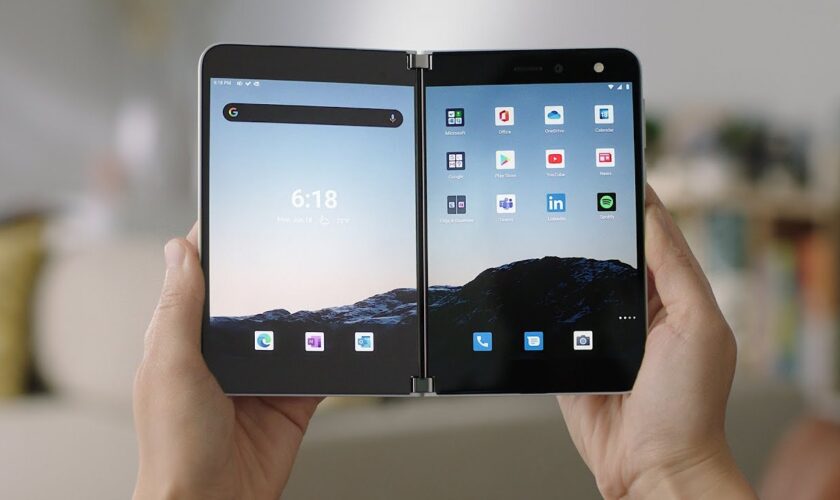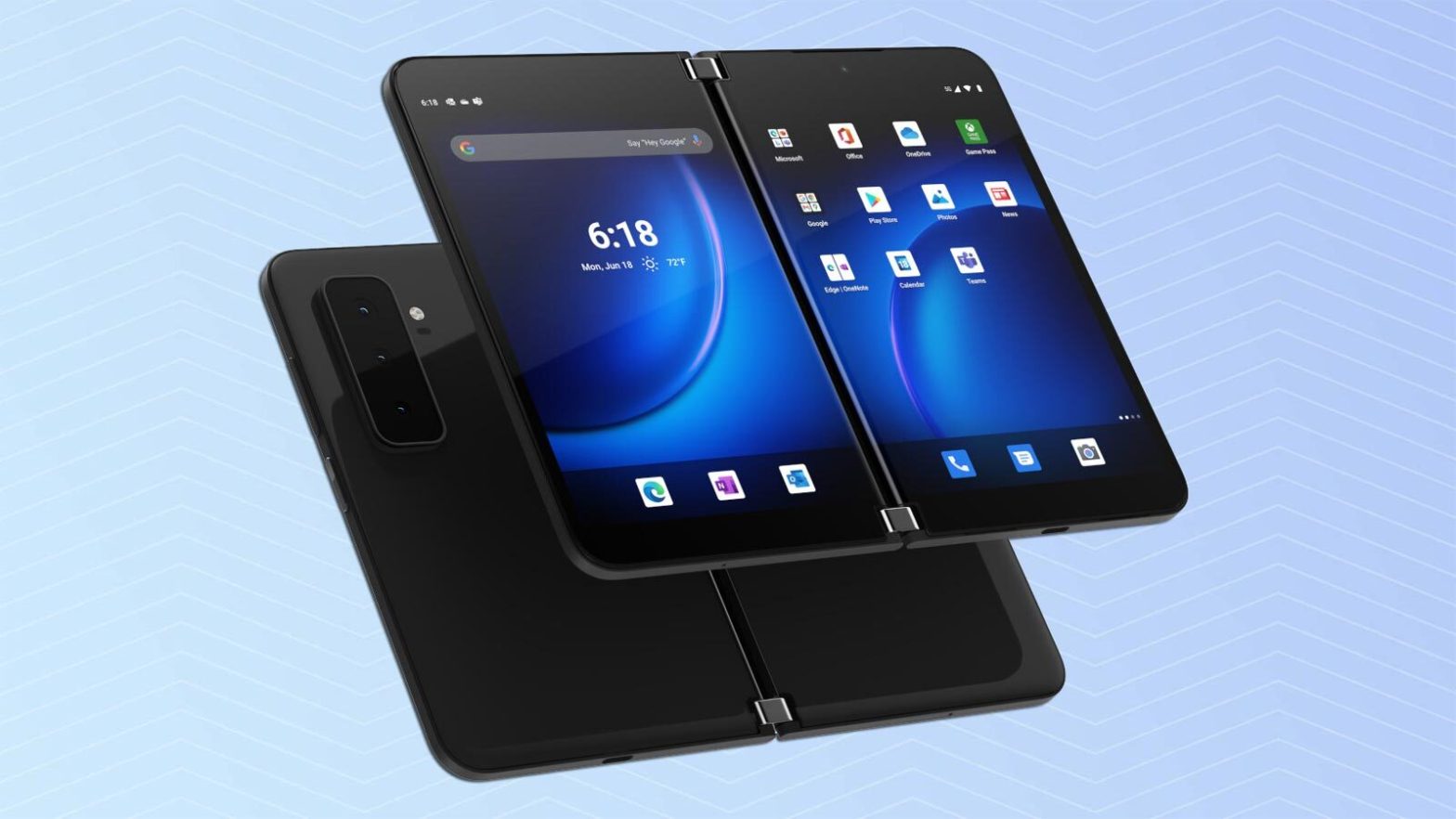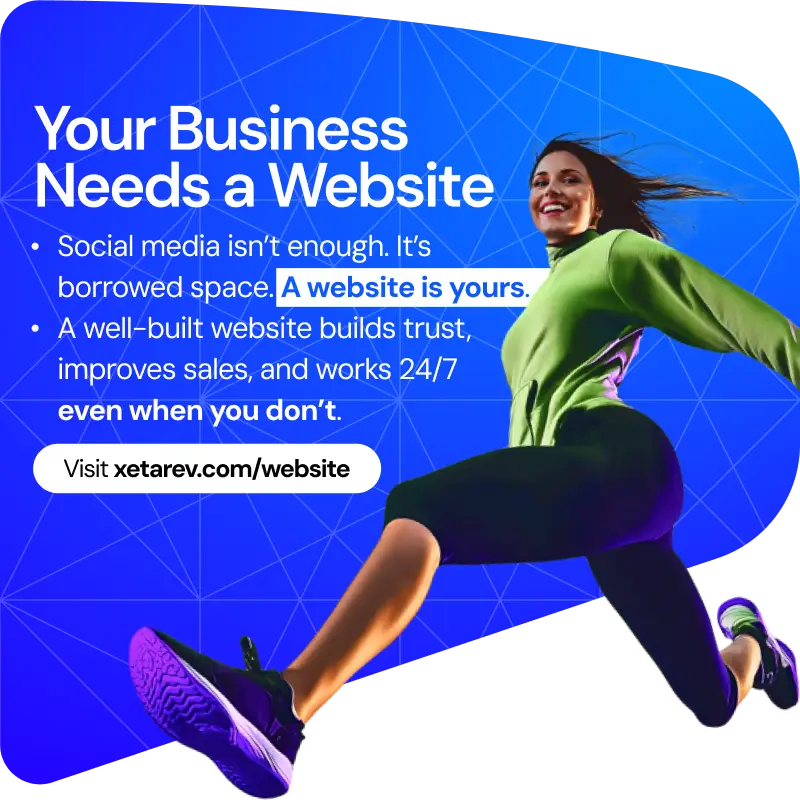The Microsoft Surface Duo arrives in kind of a weird time. A huge number of professionals are now working from home long-term, and the idea of always being online and working is unfortunately widespread across different industries.

There are going to be people that scoff at the price tag, as Microsoft is asking a whopping $1,399 / £1,350 (about AU$1,930) for the Surface Duo. To put that in perspective, the LG V60, with a detachable second screen, starts at just $799 (about £615, AU$1,100). Keep in mind that LG’s device has a newer chipset, the Qualcomm Snapdragon 865, along with an additional 2GB of RAM.
It started at $1,399 / £1,350 (about AU$1,930). That starting configuration will get you 128GB of internal storage, though you will be able to opt for a 256GB model for $1,499 / £1,449 (about AU$2,080).
Since release, we’ve seen the price of this handset drop a lot where it has been as low as $700 / £680 for the 128GB version and $750 / £730 for the 256GB variant. All models are 4G LTE, meaning this isn’t a 5G phone on any network.
If we were going to use one word to describe the Surface Duo design it would be ‘sexy’. The dual-screen device has an all-glass chassis – even though it doesn’t support wireless charging.

The two displays are connected with these tiny, but beautiful, hinges, with a minimal gap between the two. And while the aesthetic is certainly enthralling, it doesn’t even compare to how the device feels to open and close.
The Surface Duo is also incredibly symmetrical. On the right side of the device, you’ll find a USB-C charger, a lock button, the volume rocker, and a fingerprint sensor – but beyond that, the two sides of this device are the same thickness, with the displays being the same resolution and size, too.

And through all of this moving the phone around, there is only one marking on the back of the phone – a perfectly centered, perfectly square Windows logo on the back, which will look right no matter what angle or direction you’re holding the phone.
When the device is open, you can have two full apps running side by side, or you can even extend apps across both screens – though that has limited utility. The only use that immediately springs to mind for expanding an app across both displays is for media consumption. But, even though the gap between the two displays is small, it’s still there and is not ideal for watching a movie or something. Then again, if you just want a giant screen to watch media on, you’re probably looking at the Samsung Galaxy Z Fold 2.

However, that’s where Microsoft’s library of apps comes in. Microsoft preloaded the Surface Duo with the full Office Suite, and once you dive into these apps, the utility of the second screen becomes abundantly clear.
Now, about the Cameras. The Surface Duo only has a single-lens 11MP camera, which is on the front of the right-hand screen. This camera will be pulling double-duty, both acting as a selfie-cam and also as the main camera when you flip the device around into single-screen mode.

This isn’t exactly a device that’s meant for the type of people shooting a ton of photos all the time, so it’s easy to overlook if your use case lines up with what the phone is designed to do, it packs a halfway decent portrait mode and can still record 4K video, but the camera is easily the weakest point of the device.
This device is only powered by last year’s Qualcomm Snapdragon 855 SoC and 6GB of RAM, which is not top-tier specs, especially for a device whose entire raison d’être is multi-tasking. When it comes to scrolling through email and social media, the specs here are more than enough, but once you start introducing heavier apps, things stop operating so smoothly.

Again, this isn’t a workload that the device is designed for – especially because the shorter aspect ratio of the two screens means most games UIs don’t scale super well – but it’s still disappointing that it’s such a struggle. If the intended workload is all you’re planning to do, the hardware on offer should get the job done. Just don’t expect to use a lot of super-heavy creative workloads on this device.
Packed with a 3,577mAh battery, and rocking last year’s flagship Qualcomm meant that we weren’t exactly expecting groundbreaking battery life with the Surface Duo, especially given that the device has to power two displays.



